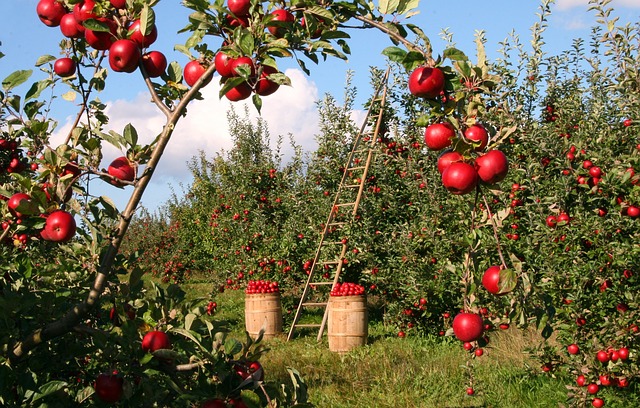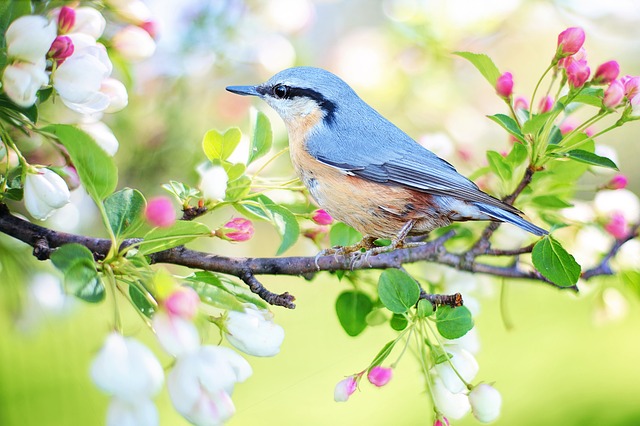Protecting Trees with Bird Netting
If you have a problem with birds, you have probably tried many solutions. Some of the most popular include plastic animals, scarecrows, wind chimes, or highly reflective tape. All of these things can do a great job of reducing bird problems. I have quite a few cherry trees in my backyard, and I used to struggle a lot with birds. After I applied all of these solutions, my problem went almost completely away. Unfortunately, the solution only lasted a few months.
Apparently, birds have a natural tendency to get bolder as time goes by. While at first, my scarecrow scared them senseless, now I look outside and see them sitting on his shoulder. And munching on cherries from my tree. Those insolent little friends! I’m not saying I mind birds. I love having them around my yard. But you see, I’ve already designated one tree specifically for allowing birds to eat off of. But it seems that birds can’t be content with what they’re given. They always feel the need to go over to my own trees when there is a tree just for them that doesn’t have any scary things around it.
I saw many gardening stores marketing a type of bird netting. I decided to use it. Bird netting is basically a giant net that you throw over the entire tree. The holes are about one half of an inch wide. I purchased enough of this to cover one whole tree. It was quite a hassle to install, but it definitely worked after that. I didn’t have any more problems with birds taking cherries from that tree. But one day I woke up and made my daily rounds. On that day, I found 2 birds caught in the netting that had been choked to death. I felt absolutely terrible. I buried the birds and immediately took down that netting. I didn’t want to protect my tree at the cost of the birds’ lives! Sure, I’ll kill off a few bugs, but birds are a little too nice for me.
For a while, I felt too guilty to prevent the birds from eating any more. I thought that I would make it up to them by letting them feast on my cherries. I even took down my scarecrow. But a few months later I saw something in a fabric store that made me rethink my generosity. Almost every fabric store sells a material called “tulle”. It is very fine netting with holes too small for any bird to fit its beak or head into. While it is easy to find, it is also extremely cheap. Buying enough to cover one tree ended up costing less than half of what it cost for the lethal bird netting.
I installed the tulle onto my tree (I’ll admit it was a lot harder to install than the bird netting was. I had to attach several large pieces together at the seams) and watched it for a day. I wanted to keep an eye on it every second so that if a bird got caught I could quickly help it out. Fortunately, no bird ever got caught. Tulle is a much safer and cheaper alternative to bird netting, and I suggest it if you have any problems with birds. Just remember to let them have at least one tree for themselves! Sharing with birds is an essential part of being a good gardener.


